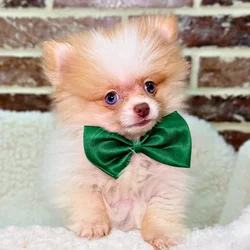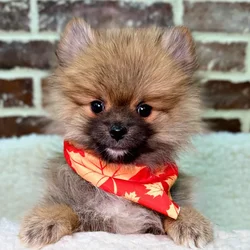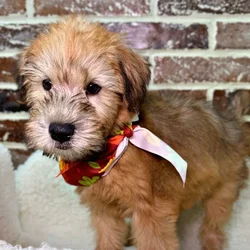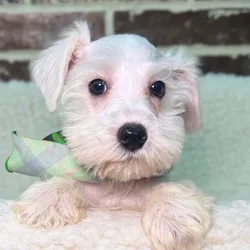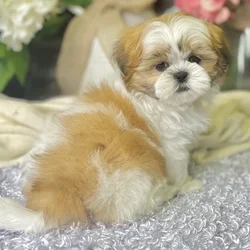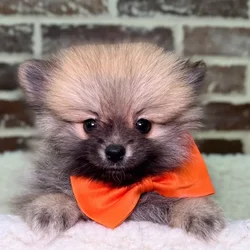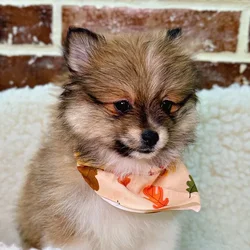Cairn Terrier
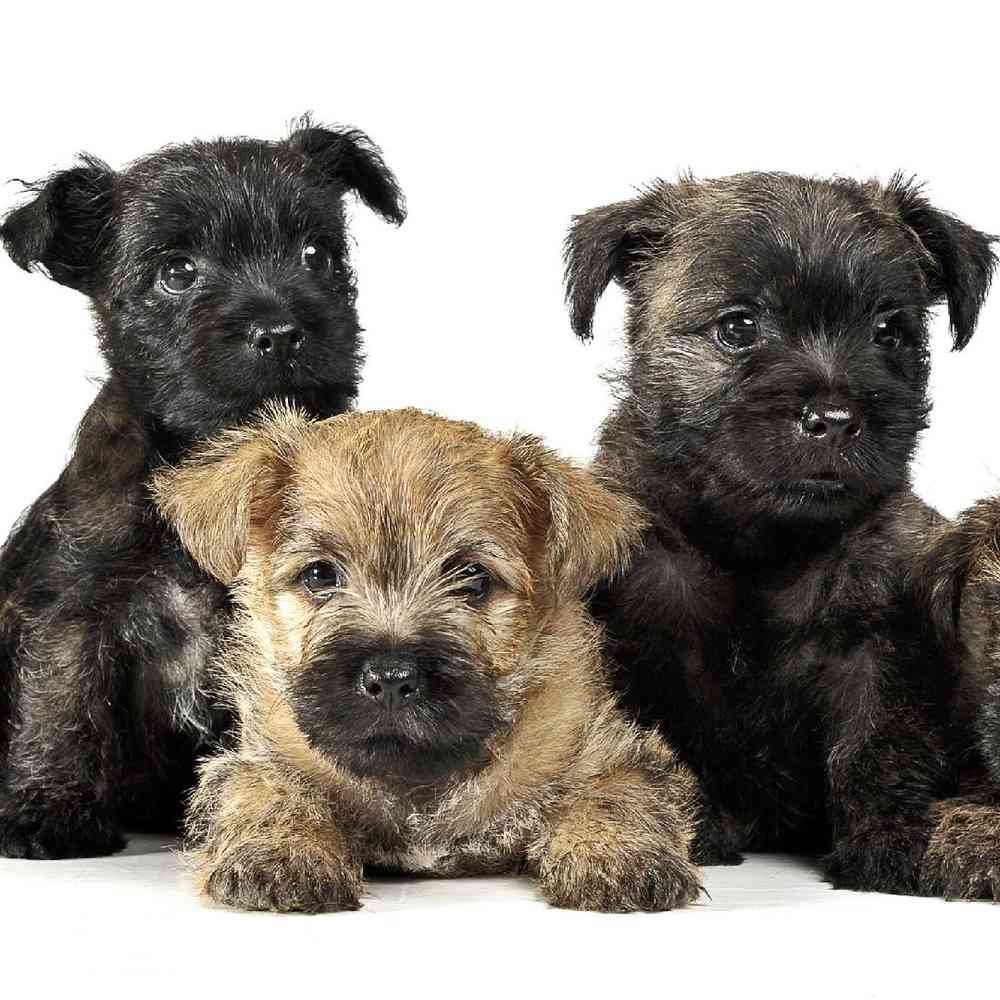
Cairn Terriers are happy, busy little earthdogs originally bred to fearlessly root out foxes and other small, furred prey in the rocky Scottish countryside. Curious and alert, Cairns like having a place where they can explore and dig.

Want to know more about Cairn Terrier ?
Breed Traits
General Appearance
That of an active, game, hardy, small working terrier of the short-legged class; very free in its movements, strongly but not heavily built, standing well forward on its forelegs, deep in the ribs, well coupled with strong hindquarters and presenting a wellproportioned build with a medium length of back, having a hard, weather-resisting coat; head shorter and wider than any other terrier and well furnished with hair giving a general foxy expression.
Head
Body
Feet
Forequarters and hindquarters
Size
Coat
Color
Tail
Faults
Group
Terrier
Temperament
About
History
Standard
Nutrition
Grooming
Exercise
Training
Health
All pets have found there homes! Sign up to be notified when new pets are added so you don't miss out.



